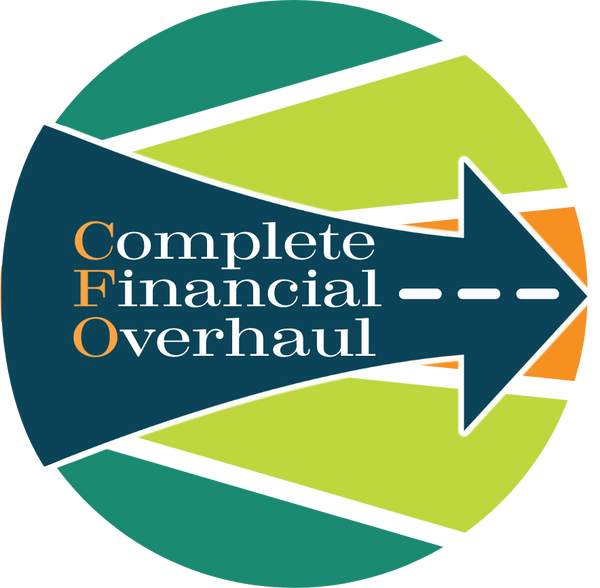Cutting Back on Non-Essential Spending: A Guide
Share
In today's whirlwind of consumer culture, it's incredibly easy to watch your hard-earned money slip through your fingers like sand in a beach breeze. Whether it's that extra cup of gourmet coffee on the way to work or a spontaneous shopping spree, non-essential spending can stealthily derail even the most well-intentioned budget plans. Fear not! Embarking on a journey to cut back on these expenditures doesn't have to feel like navigating a labyrinth. Consider this your map to financial freedom, a simple and enjoyable guide to saving more by spending less on what you don't truly need.
First, let's define what 'non-essential spending' actually means. These are purchases that you want rather than need. The daily latte, the trendy new outfits, the latest tech gadgets—while delightful, they are not crucial for your day-to-day survival. Recognizing the difference between wants and needs is the compass that will guide your spending decisions.
Begin your adventure by tracking your spending. For one month, keep a detailed log of every purchase. This eye-opening experience often reveals surprising truths about where your money goes. Apps like Mint or YNAB (You Need a Budget) can make this process as easy as pie, providing insights and summaries of your spending patterns.
Next, set a budget for your non-essential expenses. Allocate a specific amount that you can comfortably afford without impacting your essential needs like housing, groceries, and savings. Once your budget is set, think of it as a treasure chest that contains only so much gold—spend wisely to ensure it lasts!
Creative alternatives to spending can also enrich your life in unexpected ways. Instead of dining out, unleash your inner chef and try new recipes at home. Swap a movie night out for a cozy movie night in with homemade popcorn and a blanket fort. These substitutions not only save money but can create lasting memories and more personal experiences.
Social outings can also lead to unintended spending. Be open with your friends about your financial goals. Suggest cost-effective activities like hiking, visiting free museums, or hosting a game night. Most times, your friends will appreciate the chance to save money as well.
Lastly, review your spending regularly to keep yourself on track. Just as a captain reviews their maps to ensure they are on course, periodically check your budget to make adjustments as needed. Celebrate your successes, no matter how small. Each dollar saved is a victory!
Remember, cutting back on non-essential spending isn't about depriving yourself; it's about making smarter choices that enhance your financial wellbeing. By following this guide, you'll navigate the tricky waters of temptation with ease and sail towards a more secure financial horizon. So, hoist the sails and let the adventure begin!
